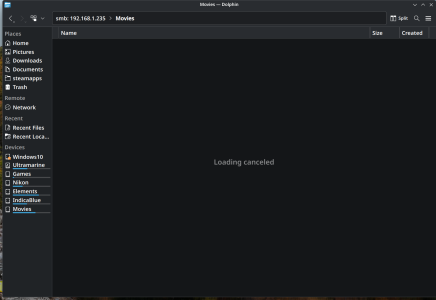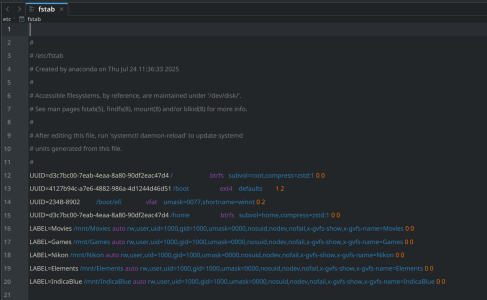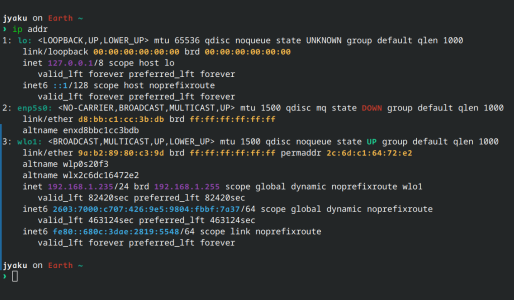- May 11, 2002
- 15,962
- 11,107
- 136
can you connect to the shares from a different linux system?
I had a thought.. you can normally access your own windows computer on network through the network.. so I thought I'd try it in linux with smb protocal.
Yep just like windows I managed to see the folder there but can't access it.
It did ask me for username and pw and then just says loading cancelled

I'm beginning to lean towards.. firewall is not the problem since I can ping and see the folder. Somehow I have a problem with access.. so permissions somewhere are the hiccup most likely.
Last edited:






